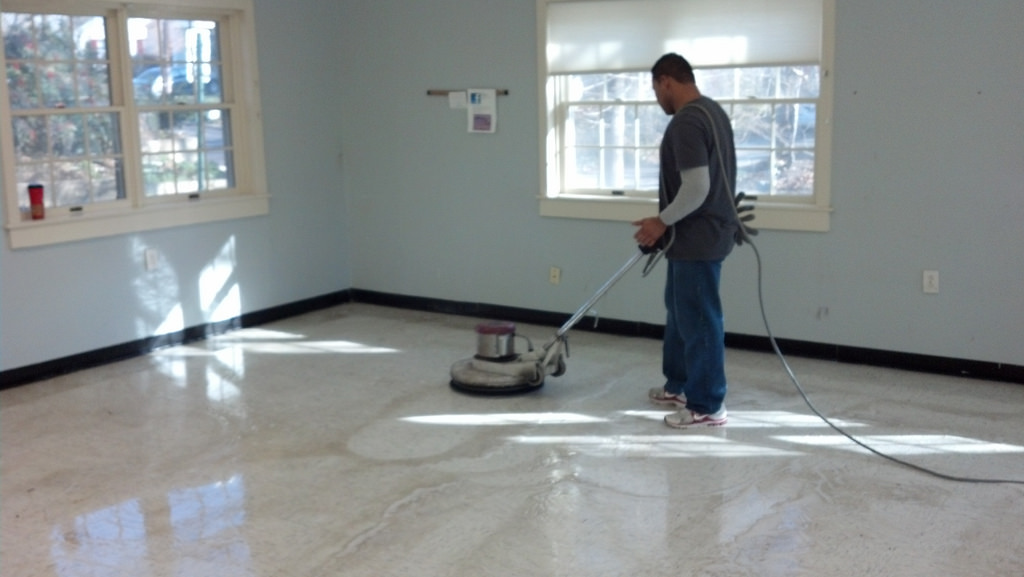

An Overview of the Surface Preparation Process
Surface preparation is often the first step to beginning construction. It removes the weak layers of dirt which get formed over time. Surface preparation ensures that all the contaminants such as grease or oils are removed before applying any new layers. Any finish becomes successful when the surface preparation is overseen at the start.
With years of diamond drilling experience, CA Drillers recommends high-quality cleaning and surface preparation before installing your choice of surfacing system. We are equipped with advanced technology and proven methods to make your concrete surface dust-free and smooth with minimal disruption; you will have a sustainable and easy-to-clean surface coating for the years to come.
- Process of Surface Preparation
Concrete has to go through several evaluations for the success of the surface installation. Various surface preparation methods are used, but they follow standard steps, such as coating, welding and other procedures. However, depending on the condition of your surface, the steps can vary, which is why it is essential to hire diamond drilling in Kent to perform the job correctly.
General steps which are followed in successful surface preparation :
- Surface Assessment
Before proceeding with the preparation, our team assesses the existing condition of the surface. Our standardized assessment will provide details of rust grades. The grades will determine if the surface preparation is needed and, if required, what techniques will be used. It will also help identify if the existing surface can support the subsequent surface preparation procedure.
- Remove Old Coating
To apply the new coating, the old one must be removed; otherwise, there will be problems such as flaking, bubbling, or peeling beneath the covering layer. A clean surface will mitigate the issues such as corrosion and asset lifespan.
- Remove Contaminant
Besides old coating, oil and grease must be removed as many industries come in contact with pollutants daily. If it is not removed, it will affect the strength between the substrate and the new coating. Many harmful chemicals travel through the air, such as chlorides, prevalent near the sea or other marine environments. It can cause oxidation in metal, and corrosion damage will occur sooner or later. It is known as chloride-induced corrosion and can be invisible to the eye. That’s why professionals are required to test it and confirm its presence.
- Remove the Loose Part of the Surface.
The material’s surface will also need to be clean as it may crumble if loose. Techniques such as abrasive blasting are used for this purpose, effectively removing rust and other loose parts from the surface of the substrate.
- Surface Profile
Once the loose material has been removed from the surface, profiling the surface becomes necessary. The new coating will require a new profile surface; a coating process tailored to the whole process will improve adhesion and mechanical bonding.
- Dry the Surface
A dry surface is an ideal ground for coating work. A wet surface causes pinholes as moisture will evaporate between the surface and the coating, leaving tiny holes behind. In such cases, sometimes a second layer is applied, but it is not a long-term solution. Humidity could also affect the surface and cause corrosion, so checking whether a coating can be used in the existing environment’s humidity level is always good.
The above steps will help apply a coating successfully and create a good quality weld.
What is the purpose of surface preparation?
Surface preparation works to provide the best possible mechanical bonding while mitigating problems such as mechanical damage or corrosion. It makes sure that the surface is ready for coating or other surface-related applications. An oily or greasy texture compromises the preparation and reduces the effectiveness of the new layer or causes failure.
Why is surface preparation considered a must-do before coating?
Surface preparation is the essential aspect of coating’s performance; it is determined by the coating’s ability to adhere to the substrate. The preparation will remove wild things such as grease or dirt.
Before proceeding with coating or other relevant applications, the focus should be placed on surface preparation to ensure efficient output. CA Drillers provide a wide range of surface preparation techniques, including surface grinding and planning.
Advantages of Surface Preparation
- Tailor-made to suit your construction needs.
- Find out defective surfaces.
- Removes oil or dirt to achieve the necessary level.
- Good quality surface preparation.
- Advance surface preparation will save you money.
- Cleans away undesirable contaminants.
- Introduce a suitable profile for coating.
- Ensures process control.
Various surfaces demand different surface preparation techniques, depending on the substrate material and adhesive employed. It is recommended that the surface should be bonded well to carry out the task successfully.
Conclusion
CA Drillers provides comprehensive surface preparation techniques that include surface grinding and planning. We also use a combination of methods, such as solvent cleaning to remove oils before applying abrasive cleaning, followed by the jet Washington to remove left-over dust particles.
We provide excellent diamond drilling services in Kent for diverse construction projects. Ahead of booking diamond drilling services with us, let us meet your surface preparation needs. Call us on 08082583073 for an expert consultation.
- Search
- Categories
- Archives
